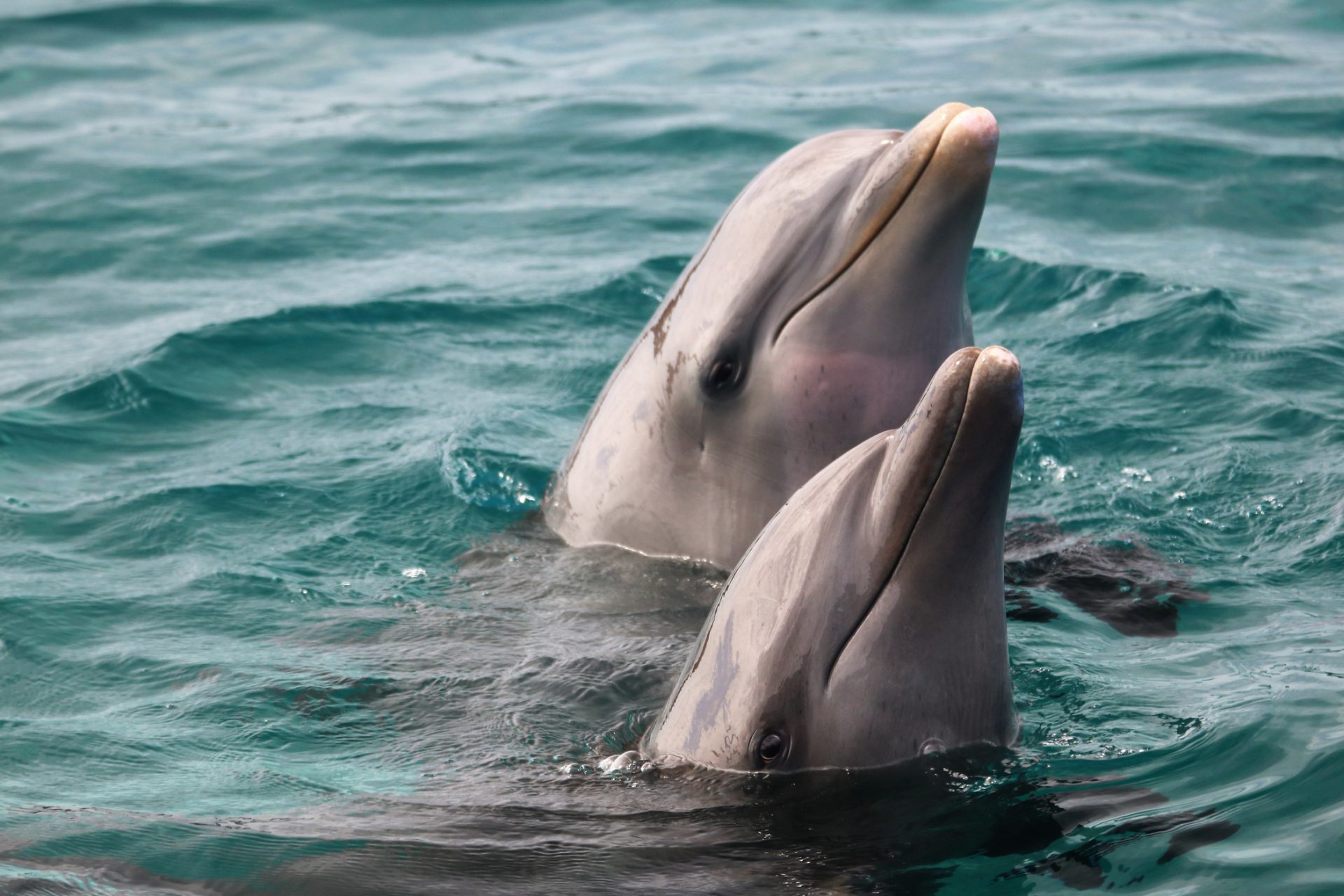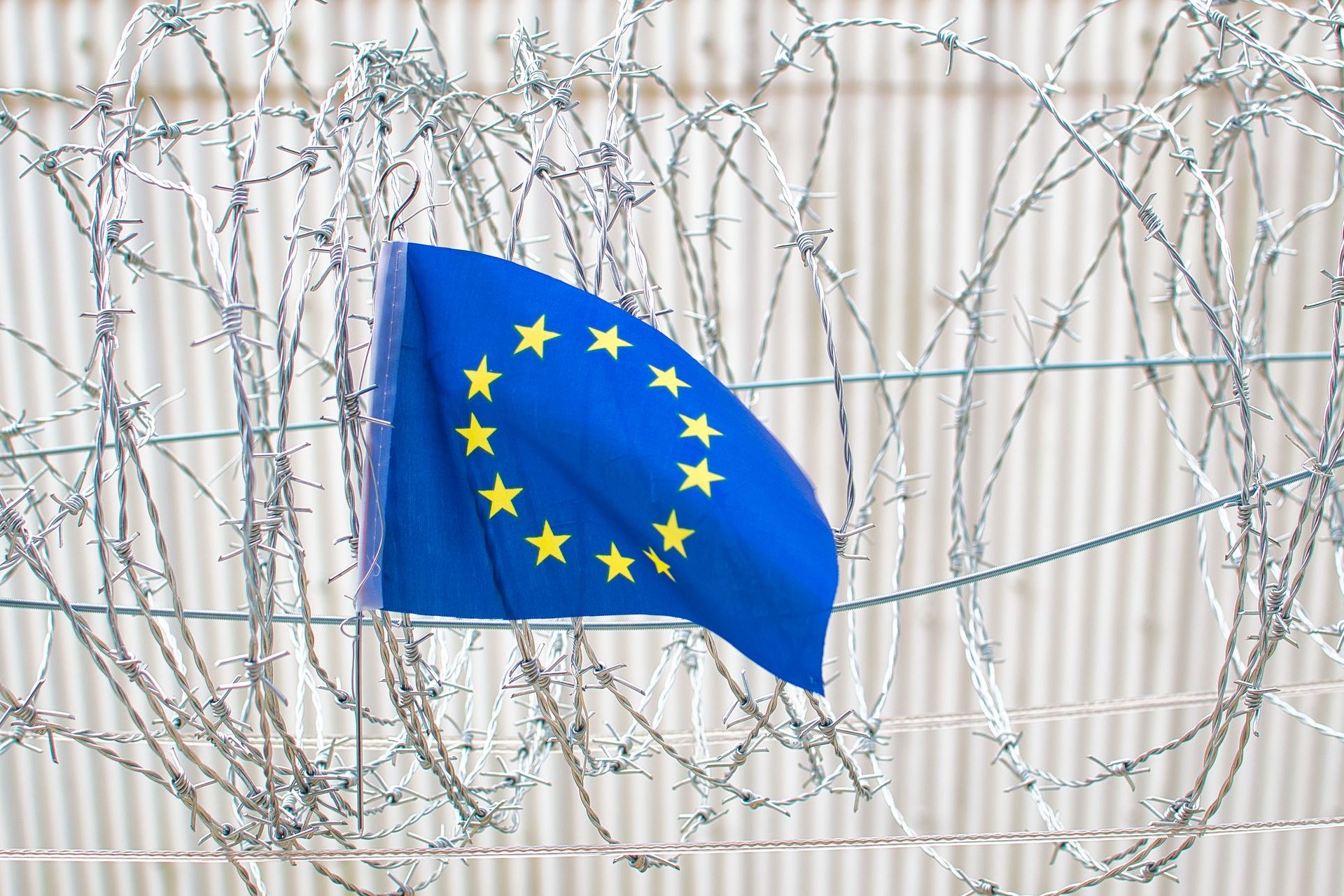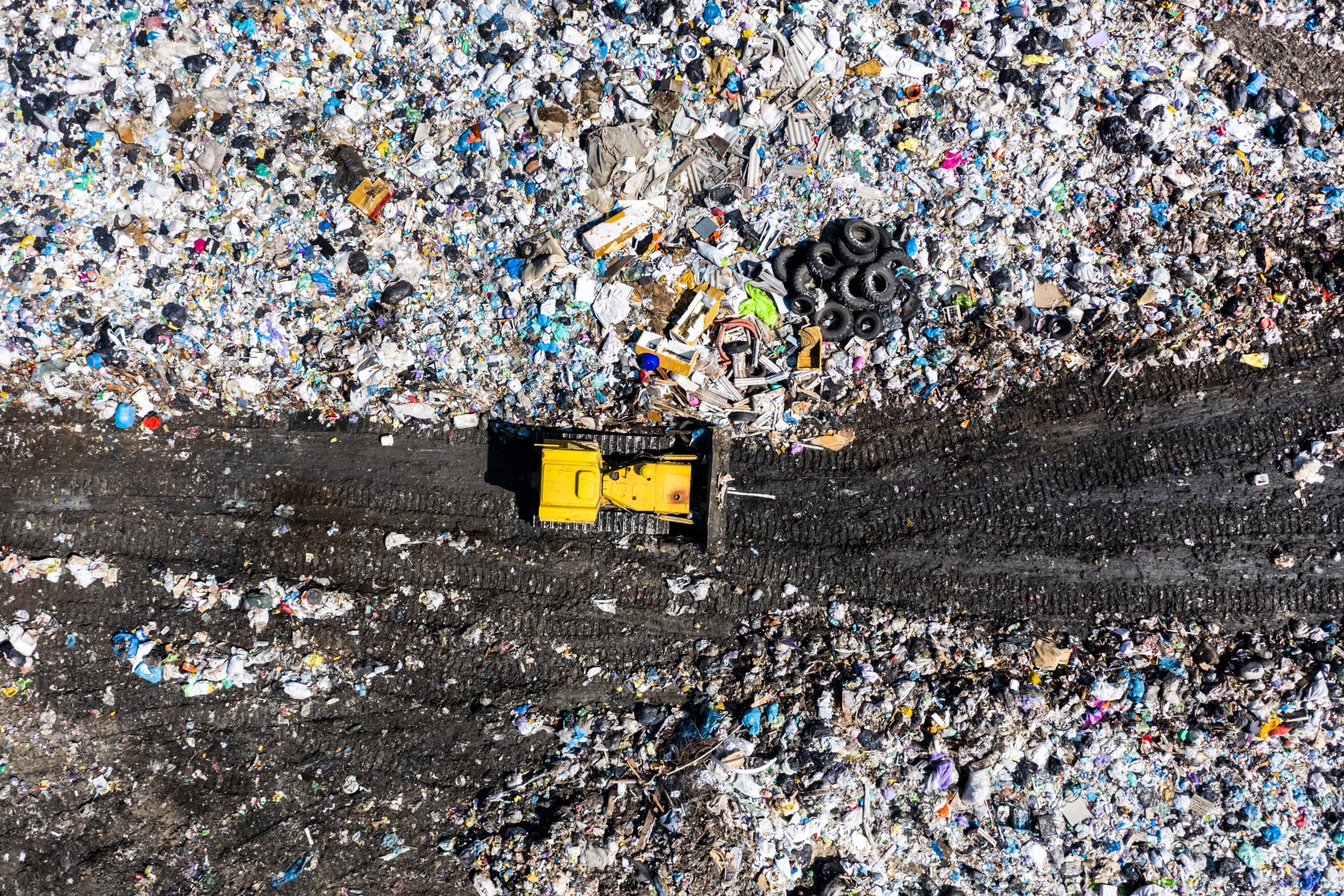Upside down, with one eye open, and more funny ways in which animals sleep
Sleeping is a necessity for humans and for most animals. From duration, depth of sleep, position and brain activity, animals sleep in ways that are about as varied as the animal kingdom itself. Take a look at the many different ways in which animals sleep.
Like all other great apes, humans have so-called "monophasic" sleep, that is, we sleep for a long interval over a 24-hour period. Humans have, on average, a cycle of eight hours of sleep per day, just like orangutans.
But sleep cycles vary completely from animal to animal, both in duration and depth.
Most mammals have polyphasic sleep: their sleep time is divided into several phases, and they alternate between activity and rest throughout the day. This is the case of the adult dog.
Dogs sleep about twelve hours, spread over the day, and alternate between phases of deep sleep and paradoxical sleep (phase in which they dream).
Giraffes have the ability to doze off while standing up. However, they just need about 4-5 hours of sleep daily. Its cycle consists of both three to four hours of deep sleep, and naps of 20 minutes maximum.
On average, horses sleep 3 to 5 hours a day. They take several naps in a standing position throughout the day, but lie down on the floor when they enter REM sleep. Their sleep cycle is divided into fairly short intervals, which last about twenty minutes.
The bigger and taller an animal is, the less sleep they require, as they feel more satiety, which keeps them awake. Wild African elephants sleep an average of two hours a day. Most of the time they sleep standing up, but lie down to sleep every three or four days.
Koalas are nocturnal animals that sleep during the day and are awake at night. They are heavy sleepers, and even sleep for part of the night too. On average, koalas sleep between 18 and 20 hours a day, on a tree branch.
Bats have a peculiar way of sleeping: upside down. This is an ideal posture for this small flying mammal, because its legs are too weak to hold it upright, and it does not expend any energy hanging on, thanks to a tendon located in its claws.
Hanging upside down from trees also allows them to escape their predators on the ground, such as cats or snakes. It is in this position that bats sleep about 20 hours a day.
Photo: Riiz/Unsplash
This semi-nocturnal animals sleep for most of the day and hunt at night for food. But they are unique in that they hibernate for several months of the year.
In October, hedgehogs store up to 40% of their body mass and build a small cozy nest, sheltered from the cold winter. Its physiological needs decrease, its breathing slows down and they enter a phase of hibernation which lasts almost four months.
Photo: Tadeusz Lakota/Unsplash
All cetaceans sleep with one eye open, including dolphins who must remain active to go to the surface to be able to breathe. This is why, as strange as it may seem, when the dolphin is resting, only half of its brain is asleep.
According to researchers, dolphins sleep in episodes of less than an hour, repeated ten times a day. That is five episodes per day for each brain hemisphere.
Like dolphins, sea lions only sleep on one cerebral hemisphere at a time while they’re swimming. However, when they are on dry land and they sleep, both their brain hemispheres will rest.
Contrary to what one might think, birds do not sleep inside a nest; its purpose is only to protect their eggs. The majority of birds sleep in hollow walls or by remaining perched on a branch or an electric wire.
Even though this posture does not seem comfortable, it is in fact ideal for birds, which have flexor tendons on their legs that lock their claws, like a handbrake. The tendon unblocks when the bird wakes up.
Generally, birds keep one eye open when they sleep because only part of their brain is asleep. This allows them to stay alert if a predator gets a little too close. Logically, nocturnal birds sleep during the day, and diurnal ones at night.
Some migratory birds make stops to rest and eat during their journey. But some species travel thousands of kilometers without ever landing. This is the case, for example, for the black swift, which flies for ten months in a row, without stopping.
But then, how do they rest? According to researchers, the black swift rises very high in elevation at dawn and dusk, and then slowly descends. It is during this phase of descent, while gliding, that the black swift sleeps.
Fish sleep with their eyes open for the simple reason that they generally don't have eyelids. Fish have periods of inactivity of a few minutes rather than phases of sleep. Their breath and heartbeat slow down but they remain on the lookout for predators.
Some species of fish change color while they sleep, to camouflage themselves and go unnoticed by their predators. This is the case, for example, with the cuttlefish, which blends into its environment to avoid sharks.
More for you
Top Stories




































